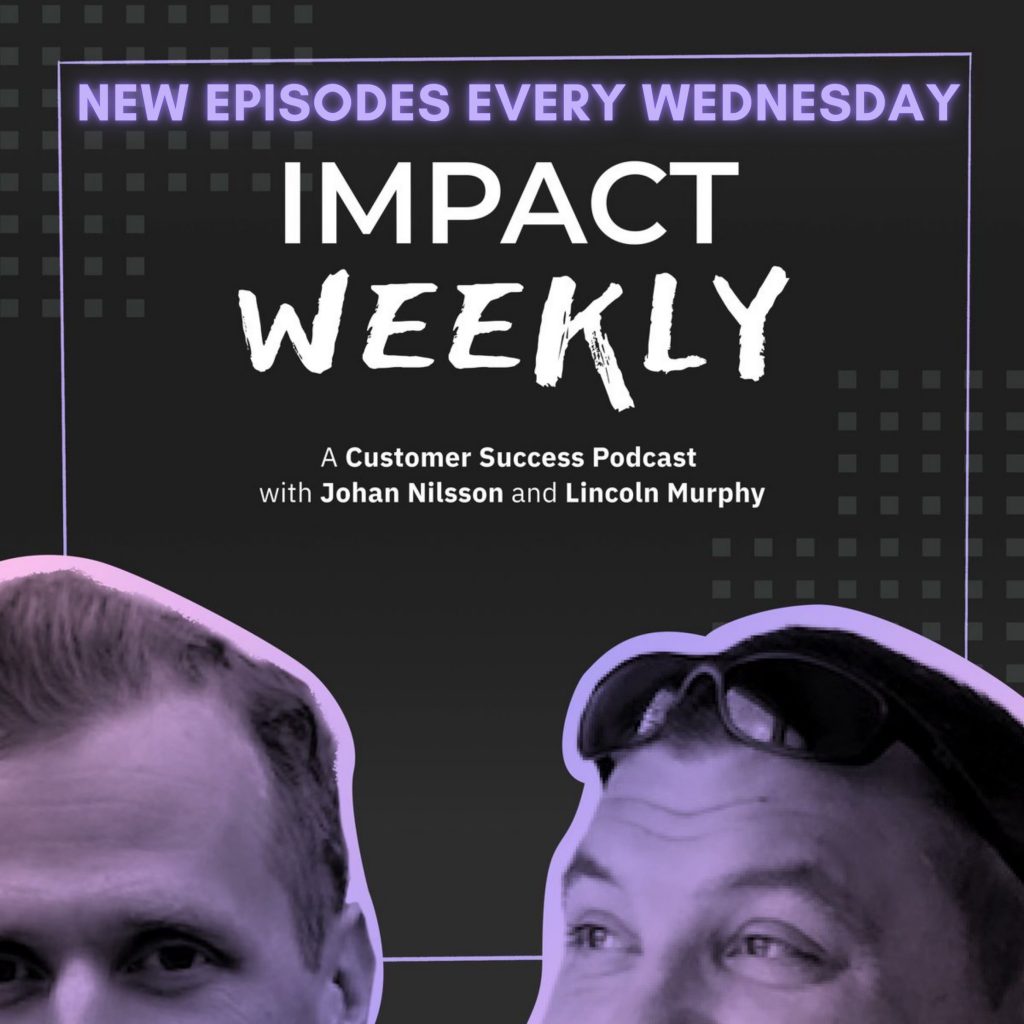 I’m frequently asked about SaaS Free Trial Conversion Rate Benchmarks; after being asked for the 97th time – this week – I decided to publish this post.
I’m frequently asked about SaaS Free Trial Conversion Rate Benchmarks; after being asked for the 97th time – this week – I decided to publish this post.
First, a bit of a disclaimer. Benchmarks are neat… it’s cool to see how you stack up against other companies. Benchmarks are how some executives make decisions and some investors decide if it’s worth the risk. And there are analyst firms that make a ton of money catering to that desire to know how you rate against other companies.
I’m not an analyst… my knowledge comes from my experience working with SaaS companies, those I advise, and through my various connections with VCs and friends in the biz.
And in my experience, I say…
SaaS is dead. Long live SaaS!
When it comes to SaaS in general, the reality from my vantage point is that, especially at this point in its evolution, SaaS is really a loose business framework. I stopped calling it a Business Model many years ago, and instead referred to it as a Business Architecture, but I think we’re even past that.
With so many different Business Models, Revenue Models, Pricing Strategies, Freemium types, etc. SaaS is now a blanket term we throw at any web or cloud-based service.
What that means if you are a SaaS company (and this, BTW, is another conversation I have a lot!), is don’t compare your company to another SaaS company, just because you both self-identify (or have been identified as) SaaS companies, and expect that to yield meaningful results; only compare your company to companies that share similar characteristics.
For instance, a SaaS company I was helping with Customer Success had a lot of churn; much more than other SaaS companies. But they didn’t have a recurring revenue model. And their customers were using their product for a project, completing the project, and “churning out.” Only to come back months later to do another project. Of course, that’s going to look bad compared to a SaaS company with subscriptions locked-in with 3-year contracts.
They chose to do business in a market with transient customers that come and go – it’s just how they are – so they need to adjust how they operate and measure within that reality.
Normalizing survey responses may yield “statistically significant” results, but that doesn’t always translate into useful or actionable insights.
And when it comes to “SaaS Free Trial conversion rates” this is a big deal.
But we have to address…
The Free Elephant in the Room
If you are reading survey results and the publisher of that “research” combined Freemium & Free Trial results… run away. Quickly. BTW, research that’s given away by vendors is usually called “content marketing.” Think about that.
Anyway, if you downloaded a report that combines Freemium and Free Trial results into one “average conversion rate,” delete that file. It’s basically malware that’s screwing up your business. In fact, take your computer, smash it on the ground, and cover it with sand and magnets.
Then, create a Duolingo account and replace those completely misguided metrics you got from that report that are in your brain ready to influence some really bad decisions, with a new language. I’m studying Portuguese for my next trip to Brazil (I’m 16% fluent as of this writing).
You can’t – YOU CANNOT – combine Freemium and Free Trial conversion rates and get a true picture of how Free Trials convert.
Freemium (classical Freemium, where you have a free version and a premium version of the same product, and what most people think of when they say “Freemium”) tends to convert from free to paid in the low single digit range. The big success stories are in the high single digit range; it may reach super-low double digits when you look at conversion on an “active user for > 6 months” cohort.
This means that “average” conversion rates where Freemium and Free Trial results are combined is going to be super, crazy low. If a SaaS company has a 10% conversion rate in their Free Trial and executives read some of the “research” on Free Trial conversions, they’ll be happy about it.
But they shouldn’t be and I’ll tell you why in a bit.
But there’s one other thing that you have to pay attention to, and that’s the…
Two Types of SaaS Free Trials
Not all Free Trials are the same, and conversion rates across the two types will be very different.
So even if you don’t combine Freemium and Free Trial conversion rates, if you look at all Free Trials as a single “thing” then you’ll also come out with a skewed result.
For many SaaS companies, 100% of their customers come in through their Free Trial. For the rest, it’s likely a significant number either come in through or go through a Free Trial after a different initial engagement method.
And yet Free Trials continue to be treated as a black box on a flow chart, with very little thought going into the actual Free Trial process. Which is the other – and main – reason that most Free Trials are not as efficient as they should be in converting prospects to paying customers.
One of the most basic things about Free Trials is that there are two kinds (though you’ll rarely see this talked about):
Opt-in Free Trials
Opt-in Free Trials are those Free Trials that can be started without a credit card where the prospect needs to opt-in to a subscription by providing payment details during or after the trial is over.
With opt-in Free Trials, while you still need to work hard to get people into the trial in the first place, since there’s not as big of a barrier to starting the trial, the real emphasis should be on ensuring your prospects quickly get to the point where becoming a paying customer is the most logical next step.
Opt-out Free Trials
Opt-out Free Trials are those Free Trials that require a credit card to get started and that you have to actively opt out of or it turns over to a subscription at the end of the trial.
I’ve been very open about why I dislike opt-out Free Trials in the past so I won’t go into that here.
When it comes to opt-out Free Trials, the biggest hurdle is getting people to sign-up in the first place since you’re asking them to take out their credit card and essentially make a buying decision right then. If you are a well-known brand in the world of your customers, this is obviously much easier to overcome.
However, if you’re new and unknown, this is challenging. You have to do a lot to get them to know, like, and trust you enough to give you their credit card just to try your product.
Of course, just because someone gives you their credit card to start the trial doesn’t mean it’s a guaranteed conversion; it’s not. In fact, when someone opts-out of your Free Trial – they actively cancel the trial rather than convert to a paying customer – that’s rough. It should sting a bit. They bought into you enough to try it but then decided your product wasn’t for them.
So even though you have their payment information, you’ll still have to work hard to get them to a point where continuing on as a paying customer is the most logical next step.
Knowing the difference is super-important when it comes to…
Free Trial Conversion Benchmarks
Generally, and this is from my own experience, the best SaaS companies with opt-in Free Trials see a free trial-to-paid conversion rate of > 25%. Less than 25% and we know we have to work on optimizing for conversions.
More than 25%, further conversion optimization may result in diminishing returns on that effort, which means you’d likely be better off working to get more prospects into the trial, as well as focusing more on expansion (upsells, cross-sells, etc.) to grow revenue.
Best in class SaaS companies with opt-out Free Trials should have free-to-paid conversion rates of > 60%. The same rules about optimization apply with this type of trial, too.
Of course, all of this should be sanity checked against the realities of your market, product category, ideal customer, etc.
And like I said in the “Reasonable SaaS Free Trial Conversion Rate” article, it’s great to see these numbers, but if you have a 5% conversion rate on an opt-in Free Trial, don’t worry about the 25% benchmark right now, go for 7%.
Then aim for 10%. Then 15%… and so on.
If you get 100% of your revenue through your Free Trial, going from 5% to 10% will DOUBLE your revenue. Those are big gains and even if you’re seeing conversion rates less than “best in class” companies, doubling revenue is a pretty nice result.
Switching from Opt-out to Opt-In Free Trial
A word of warning if you have an opt-out Free Trial and tear down that Credit Card wall to switch to an opt-in Free Trial: your conversion rate (the percentage of prospects that start the trial and that convert to a paying customer) will likely go down.
However, the overall number of paying customers coming from the trial may go up significantly.
Without a CC-wall in the way, you’ll have more prospects start the trial, meaning a smaller percentage of a larger group will convert, but more overall customers will come out the other end. That’s not bad, you just need to know this going in and manage expectations with management or your board accordingly.
Of course, taking down a Credit Card wall and dumping a bunch of prospects into a Free Trial not designed to convert prospects into paying customers isn’t advisable.
I hope this helps!


